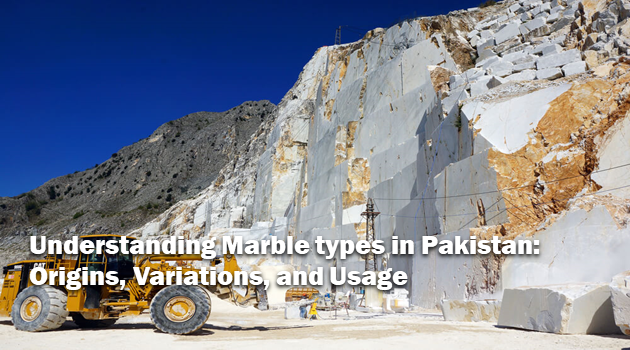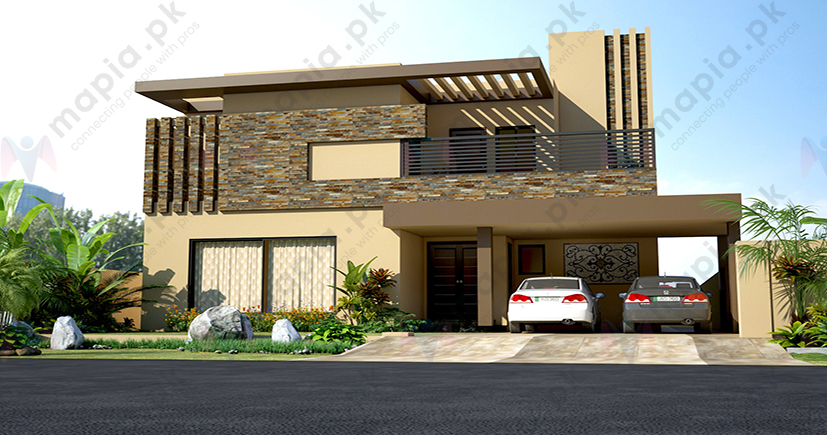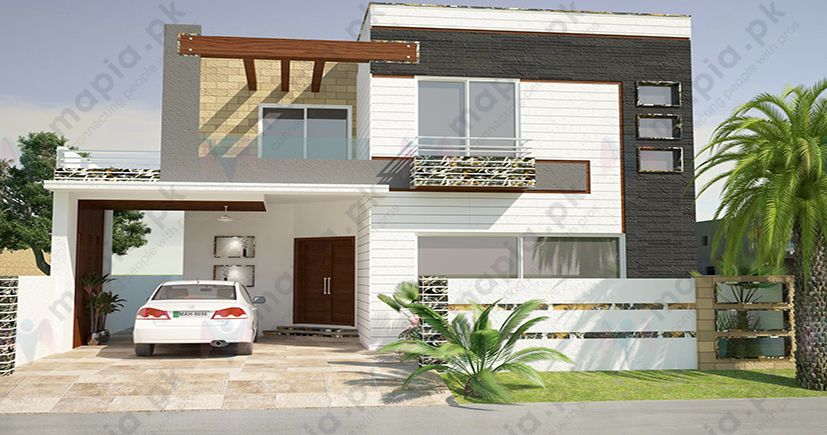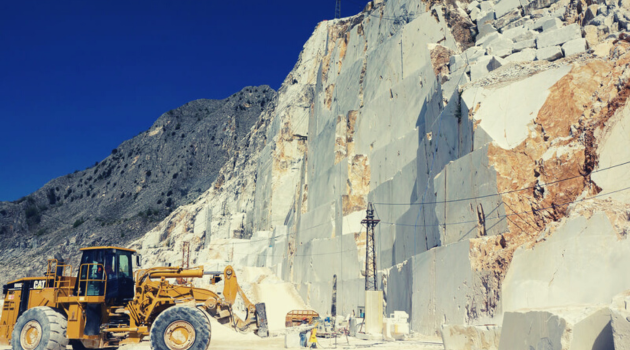
Understanding Marble types in Pakistan: Origins, Variations and Usage
Marble is one of the most popular and highly sought-after building materials. Pakistan is blessed with a vast variety of natural resources and one of its most valuable resources is marble and stones. The marble and stone industry in Pakistan has been growing rapidly over the years, and it has become a major contributor to the country's economy. The beauty and elegance of Pakistani marble and stones have made them popular in both domestic and international markets, and they are widely used in construction, home decor, and art.
Its durability, beauty, and versatility make it an excellent choice for a wide range of applications, from flooring and countertops to walls and exteriors. However, one of the biggest concerns when it comes to marble is its type. In this blog post, we will provide you with a comprehensive guide to marble types in Pakistan.
Types of Marble and Stones in Pakistan
Pakistan is home to a wide range of marble and stones, each with its unique properties and uses. Some of the most popular types of marble and stones found in Pakistan include Black and Gold, Indus Gold, Botticino, Sahara Gold, Ziarat Supreme and Verona Beige. These marbles are known for their high quality and beautiful designs, and they are often used for flooring, walls, countertops, and other decorative purposes.
Mining and Processing of Marble and Stones in Pakistan
Mining and processing of marble and stones in Pakistan involves several steps, including prospecting, exploration, mining, cutting, polishing, and finishing. The mining process requires heavy machinery and skilled labor, and it can take several months or even years to complete. Once the marble and stones are extracted from the mines, they are transported to processing facilities where they are cut, polished, and finished to create a final product.
Market and Trade of Marble and Stones in Pakistan
Pakistan is a major player in the global marble and stone market, and its marble and stones are in high demand in countries such as the United States, Canada, and the United Kingdom. The domestic market for marble and stones in Pakistan is also growing rapidly, and it is driven by the country's expanding construction industry. The government of Pakistan has implemented several policies and initiatives to promote the marble and stone industry, and it is working to increase the country's exports of marble and stones.
Sustainability and Environmental Impact of Marble and Stone Mining in Pakistan
Marble and stone mining in Pakistan has the potential to cause environmental damage, including deforestation, soil erosion, and water pollution. However, the industry is taking steps to mitigate these impacts and promote sustainable mining practices. Some of these steps include reforestation, water conservation, and waste management. Sustainable mining practices are important for the long-term viability of the industry and the preservation of the natural environment.
Marble types in Pakistan
Marble is a popular building material in Pakistan, and it is used for a wide range of purposes, including flooring, walls, countertops, and decorative items. The price of marble in Pakistan varies depending on the type, quality, and availability of the marble. Here are some of the most popular types of marble in Pakistan, along with their prices and usage:
There are few more writings on topics like,
The Insider's Guide to Marble Price in Pakistan: Tips for Smart Buyers
Rising Steel Prices in Pakistan: Challenges and Opportunities for the Construction Sector
Designing a Home with a Swimming Pool in Pakistan: A Perfect Combination of Luxury and Comfort
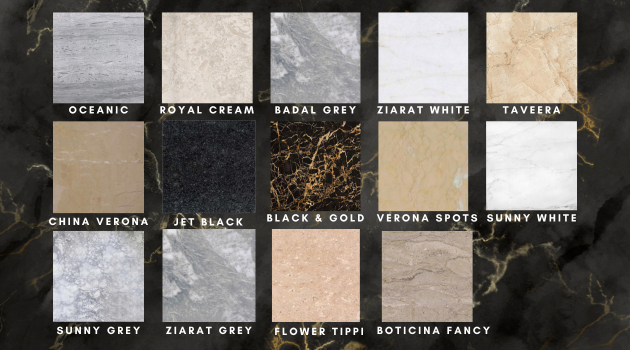
Botticina Marble
Botticina Marble is a beige-colored marble with light brown and grey veining, that is popular for its elegance and durability. It is commonly used for flooring, walls, and countertops in both residential and commercial buildings.
Botticina Fancy Marble
Botticina Fancy Marble is a beige-colored marble that features unique patterns and veins. It is commonly used for flooring, walls, and decorative items in both residential and commercial buildings.
Black and Gold Marble (Michael Angelo)
Black and Gold Marble is a unique marble that features a black base with gold and white veins running through. It is highly durable and has a glossy finish, making it ideal for flooring, cladding, and countertops.
Verona Beige Marble
Verona Beige Marble is a light beige-colored marble that is known for its subtle patterns and durability. It is commonly used for flooring, walls, and countertops in residential and commercial buildings.
China Verona Plain Marble (Parlino)
China Verona Plain Marble is a light beige-colored marble that is known for its durability and subtle patterns. It is commonly used for flooring, walls, and countertops in residential and commercial buildings.
Verona Spots Marble
Verona Spots Marble is a unique marble that features a cream base with beige and brown spots. It is commonly used for flooring, walls, and decorative items in high-end residential and commercial buildings.
Indus Gold Marble
Indus Gold Marble is a beautiful golden-yellow marble that is highly prized for its elegance and durability. It is commonly used for flooring, walls, and decorative items in high-end residential and commercial buildings.
Sahara Gold Marble
Sahara Gold Marble is a beige-colored marble with golden and brown veins running through it. It is commonly used for flooring, walls, and decorative items in both residential and commercial buildings.
Tavera Marble
Tavera Marble is a beige or cream-colored marble that is known for its uniformity in color and texture. It is commonly used for flooring and walls in both residential and commercial buildings.
Ziarat White Marble
Ziarat White Marble is a beautiful bright white marble that is highly prized for its elegance and durability. Ziarat White marble is a pure white marble with subtle grey veins.
It is commonly used for flooring, walls, and decorative items in high-end residential and commercial buildings.
Ziarat Grey Marble
Ziarat Grey Marble: It is a grey-colored marble with white veins. It is highly durable and has a smooth surface, making it ideal for flooring and cladding.
Badal Grey Marble
Badal Grey Marble: It is a grey-colored marble with a cloudy pattern. It is highly durable and has a high gloss finish, making it ideal for flooring and countertops.
Tippi Flower Marble
Tipi Flower Marble is a beautiful marble that features Beige with light brown and gray patterns. It is highly durable and has a polished finish, making it ideal for flooring and cladding.
Sunny Grey Marble
Sunny Grey Marble is a beautiful light grey-colored with white and light grey veining marble that is known for its durability and subtle patterns. It is commonly used for flooring, walls.
Zebra Marble
Zebra Marble is a unique marble that features black and white stripes, resembling a zebra's skin. It is commonly used for flooring, wall cladding, and decorative items.
Granite
Granite is a natural stone that is highly durable and scratch-resistant in Pakistan. It comes in a variety of colors and patterns, making it suitable for a wide range of applications, including flooring, countertops, and cladding.

Classification of Marble
Marble can be broadly classified into three major categories based on their appearance and geological properties:
Dolomite Marble
This type of marble is composed of calcium magnesium carbonate, and it has a white or light-grey color with subtle veins. It is commonly used in flooring and countertops due to its durability and resistance to scratches and stains.
Calcite Marble
Calcite Marble is composed of calcium carbonate and is known for its distinct veining patterns and range of colors. It is commonly used for decorative purposes such as sculptures and building facades.
Serpentine Marble
This type of marble is formed from magnesium and calcium silicates and is known for its green color and wavy patterns. It is often used in interior decor, such as tabletops and decorative objects, due to its unique appearance.
Classification of Pakistani Marbles into Respective Categories
Sure, here are some examples of Pakistani marbles and the category they belong to:
Dolomite Marble
- Tavera Marble
- Ziarat White Marble
- Badal Grey Marble
- Sunny Grey Marble
- Zebra Marble
Calcite Marble
- Michael Angelo Marble
- Botticino Fancy Marble
- Verona Spots Marble
- Black and Gold Marble
Serpentine Marble
- Onyx Marble
- Teakwood Marble
- Indus Gold Marble
- Sahara Gold Marble
It's important to note that the categorization of marble can sometimes be subjective, as some marbles can contain a mix of different minerals and may exhibit properties of multiple categories. However, the above list should provide a general idea of which category Pakistani marbles fall under.
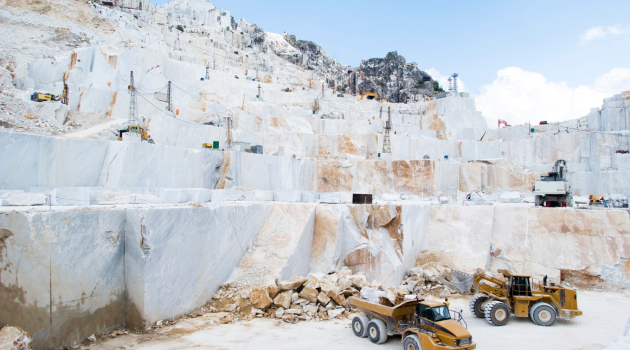
The Origins of Different Marble Types from Various Regions of Pakistan
There are several types of marble found in different parts of Pakistan. Here is a list of some of the most popular marble types and the areas where they are typically found:
- Carrara Marble: This marble is found in the Mohmand Agency, Khyber Pakhtunkhwa.
- Ziarat White Marble: This marble is found in Mohmand Agency, Khyber Pakhtunkhwa.
- Black and Gold Marble: This marble is found in Lasbela, Balochistan.
- Badal Grey Marble: This marble is found in Swat, Khyber Pakhtunkhwa.
- Tavera Marble: This marble is found in Swat, Khyber Pakhtunkhwa.
- Verona Marble: This marble is found in the districts of Khuzadar, Balochistan
- Michael Angelo Marble: This marble is found in Chagai, Balochistan.
- Botticino Marble: This marble is found in Chagai, Balochistan.
- Sunny Grey Marble: This marble is found in Swat, Khyber Pakhtunkhwa.
- Granite: Granite is found in various parts of Pakistan, including Mansehra and Balochistan.
It's important to note that while certain types of marble may be associated with specific regions in Pakistan, marble deposits can also be found in other areas.
Marble Mining Regions in Pakistan
Pakistan has a rich and diverse range of marble deposits located in various parts of the country. The main sources of marble in Pakistan include:
Khyber Pakhtunkhwa:
The province of Khyber Pakhtunkhwa is known for its high-quality marble deposits. The famous marble-producing areas in the province include the districts of Swat, Buner, Chitral, and Kohistan.
Balochistan:
The province of Balochistan is home to some of the largest marble deposits in Pakistan, particularly in the districts of Khuzdar and Chagai.
Punjab:
Punjab province also has a significant amount of marble reserves, with the districts of Attock, Mianwali, and Rawalpindi being major producers.
Sindh:
The province of Sindh has smaller marble reserves compared to other provinces, but it still produces some high-quality marble. The districts of Thatta, Jacobabad, and Dadu are major producers.
Overall, Pakistan has a diverse range of marble deposits located throughout the country, each with its own unique properties and characteristics.
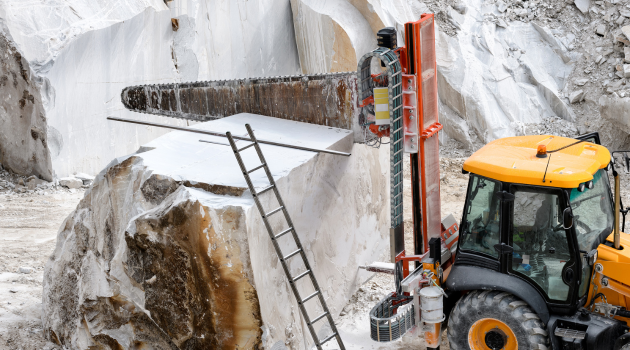
Frequently Asked Questions
Sure, here are some frequently asked questions about marble and stone in Pakistan, along with their answers:
Q: What is the difference between marble and stone?
A: Marble is a type of natural stone that is composed primarily of calcium carbonate, while stone refers to a broader category of natural materials, including marble, granite, limestone, sand stone and more.
Q: Is marble or stone a good choice for high-traffic areas?
A: Yes, marble and stone are both durable materials that can withstand heavy traffic and wear and tear, making them ideal for high-traffic areas.
Q: What factors should I consider when choosing marble or stone for my project?
A: Some factors to consider when choosing marble or stone include its intended use, durability, maintenance requirements, cost, and aesthetic qualities.
Q: How should I care for my marble or stone to keep it looking its best?
A: Marble and stone should be regularly cleaned with a mild, non-abrasive cleaner and protected from spills and stains. It is also important to have any chips or cracks repaired promptly to prevent further damage.
Q: Can marble or stone be used outdoors?
A: Yes, some types of marble and stone are suitable for outdoor use, but it is important to choose a material that is specifically designed for outdoor applications and to take into account factors such as weather and temperature fluctuations.
Q: What are some popular types of marble and stone in Pakistan?
A: Some popular types of marble and stone in Pakistan include Tavera, Verona, Ziarat White, Ziarat Grey, Michael Angelo, Tipi Flower, Sunny Grey, Zebra, Granite, Parlino, China Verona Plain, Verona Spots, Black and Gold Marble, and Botticina Fancy.
Q: What are the different types of marble available in Pakistan?
A: Pakistan has a wide range of marble types, including Carrara, Ziarat White, Badal Grey, Tavera, Verona, Michael Angelo, Botticina, and many others.
Q: How is marble extracted in Pakistan?
A: Marble is usually extracted from quarries using heavy machinery, including excavators, bulldozers, and wire saws. The marble blocks are then transported to processing facilities where they are cut, polished, and finished.
Q: What are the advantages of using marble for flooring and countertops?
A: Marble is a highly durable and long-lasting material that can add a touch of elegance and sophistication to any space. It is also heat-resistant, easy to clean, and comes in a variety of colors and patterns.
Q: What are the disadvantages of using marble for flooring and countertops?
A: Some Marble types are from porous material that can stain easily, and it is also prone to scratching and chipping. It is also a relatively expensive material, and it requires regular maintenance to keep it looking its best.
Q: How do I maintain my marble floors and countertops?
A: To keep your marble floors and countertops looking their best, you should clean them regularly with a soft, damp cloth and a mild cleaner. Avoid using abrasive cleaners or harsh chemicals that can damage the marble. You should also seal your marble periodically to protect it from stains and damage.
In conclusion, the marble and stone industry in Pakistan is an important contributor to the country's economy and a source of pride for its people. The beauty and elegance of Pakistani marble and stones are admired worldwide, and the industry has the potential for even greater growth in the future. It is important for the industry to prioritize sustainable and responsible mining practices to ensure the long-term viability of the industry and the preservation of the natural environment.


